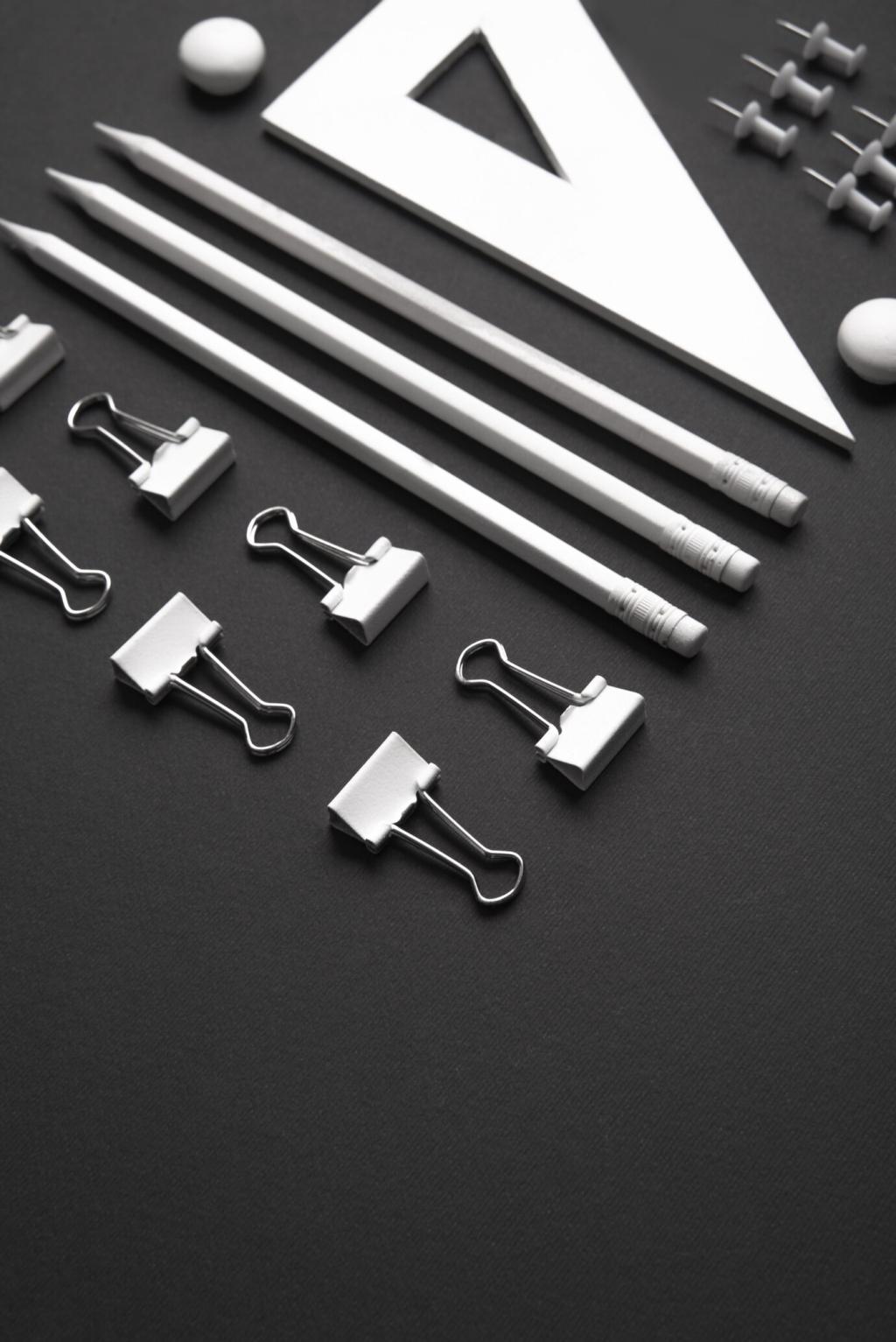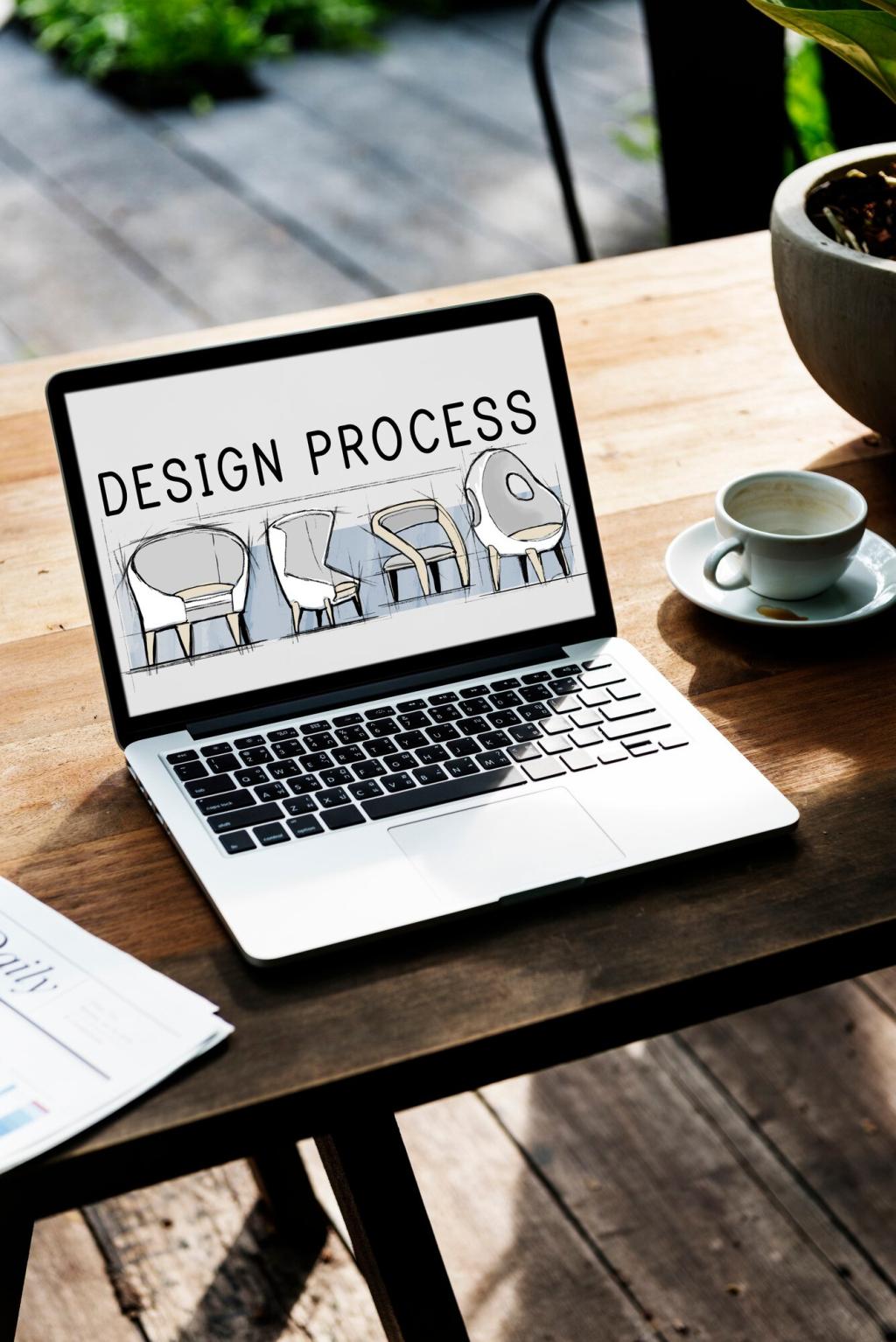Platforms, Tools, and Integrations That Elevate Presentation
Hosted builders offer speed and simplicity; custom sites provide flexibility and branded nuance. Evaluate maintenance effort, design control, and integrations before selecting your platform for a long-term, scalable portfolio.
Platforms, Tools, and Integrations That Elevate Presentation
Short walkthrough videos and measured 3D tours help viewers feel scale and flow. Use them sparingly to avoid distraction. Consider AR snippets for furniture layouts that reveal your spatial problem-solving ability.




